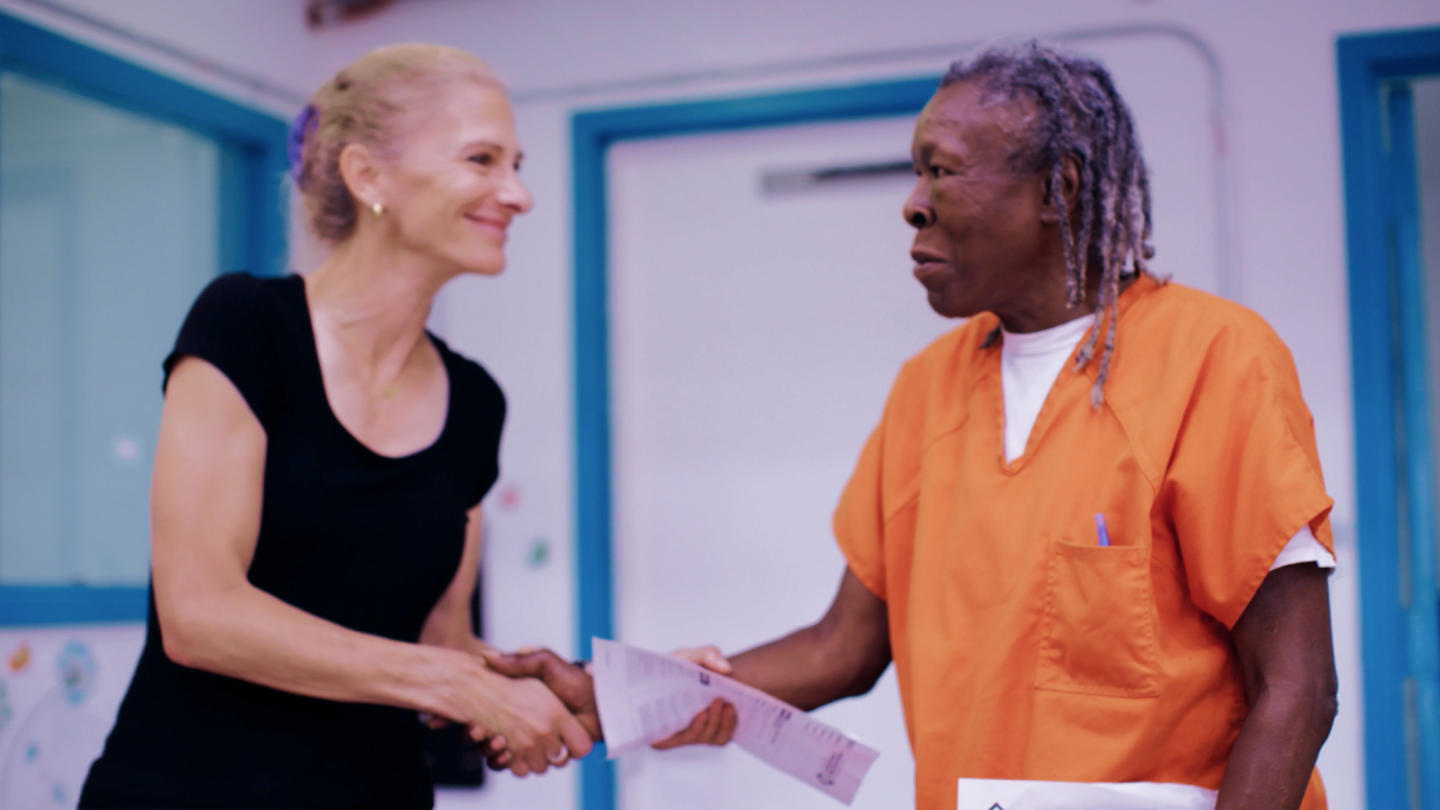The U.S. recidivism rate is a problem. Of incarcerated individuals who get out, 70% will end up back within five years. Could a project that facilitates conversations between local citizens and incarcerated individuals cut that number?
Marc Howard thinks it can.
Howard is the founder of the Frederick Douglass Project for Justice, a nonprofit dedicated to reforming the criminal justice system. It offers community members — people who have never been inside a prison before — the opportunity to challenge their preconceived notions about incarcerated individuals by having open, face-to-face conversations.
In the United States, there are two million people in prison. Of those, 95% will someday return to society, but more than two-thirds will come back. “Our current prison system, as it’s structured, is broken,” says Howard. “It is not helping people. They’re not overcoming addiction. They’re not overcoming violence.”
The Frederick Douglass Project facilitates face-to-face conversations between incarcerated individuals and visitors from the outside. The conversations are breaking down stereotypes and making the world a more welcoming place.
Visitors may be the key to changing those outcomes — individuals who receive a visit while in prison are six times less likely to return to prison.
“It’s critical that people who commit crimes be held accountable,” Howard says. “At the same time, even people who were once dangerous are capable of change, and we have to recognize that they will eventually return to society.”
The Frederick Douglass Project is building bridges of understanding and empathy. When people outside and inside prisons discover their common humanity together, it spurs meaningful personal and systemic change.
Most of society has no connection to incarceration
Most of our society has no connection to incarceration beyond what we see in movies and TV. Without going inside a prison, it’s impossible to know what incarceration looks like.
Howard recognized the importance of firsthand experiences as a professor at Georgetown University. He started teaching a class called “Prisons and Punishment.” The highlight of the class was when he would bring students inside prisons so they could meet incarcerated people. “It made it real,” he says. “It went from hearing their professor lecture about it to suddenly engaging the humanity of the people they’re learning about.”
During one of these trips, a student came to Howard and said, “If only all of America could be with us in this right now, we would no longer have mass incarceration.” This is what inspired Howard to create the Frederick Douglass Project, which encourages rehabilitation through face-to-face conversations.
Too much of our country’s approach to crime and punishment is built on a narrative of fear, says Howard. “It’s been done in a way that demonizes people.” The Douglass Project humanizes people impacted by the justice system by bringing members of society into prisons all around the country. Visitors sit down with incarcerated individuals, share their stories, exchange ideas, and discover how much they have in common.
There is a lot about the criminal justice system we can’t change immediately. “But what we can change,” says Howard, “is how people are treated when they’re there so that they come back safe, ready to reintegrate into society.”
Sign up for the Stand Together newsletter and get stories, ideas, and advice from changemakers to help you tackle America’s biggest problems.
Getting close to the problem changes perspectives
Each visit brings in 15-20 people from the community who are briefed on what to talk about and how to approach each conversation with deep respect. Howard or another Douglas Project facilitator opens with a large group session that includes both the visitors and incarcerated individuals. Howard’s message: “We want to get to know you as human beings.”
Participants then break out into smaller groups. Visitors address the incarcerated individuals like they’re getting to know a new friend. They ask questions geared toward finding connections and common ground to build on.
Howard believes these conversations are more powerful when participants are in a room together, sitting next to each other. “When you come face-to-face with somebody and you actually shake their hand or see their tears, you suddenly view them in a different light because you see their humanity,” he says. “You care about them, as opposed to just thinking of them as a mugshot or a rap sheet.”
One incarcerated man says that his experience talking to people through the Douglass Project gives him hope that society will give him a second chance and that he won’t be cast aside when he re-enters society. Another individual says it makes her feel like she still has a support system and that she hasn’t been forgotten.
Visits to prison should be open to everyone
The Frederick Douglass Project believes that the impact of this experience will lead to a more welcoming world for incarcerated individuals as they return to society. Visitors leave reconsidering old notions and evaluating their future interactions. The change is a win-win for all.
“For outside participants who join us on Douglass Project visits,” says Howard “our hope, and what I’ve seen so far, is that they are moved, and they want to take action, whether it’s through hiring or supporting formerly incarcerated people or perhaps favoring policy change in whatever state they live in.”
Participants confirm this, saying that they will remember the people they talked with and that they have a renewed sense of hope for incarcerated individuals and for the world.
The Frederick Douglass Project has expanded to over 10 participating prisons and has led thousands of people on visits. But Howard believes that to change the criminal justice system, visits to prison need to become an open opportunity for everyone.
We’d all be safer if the system focused more on rehabilitation, says Howard. “Rehabilitation programs are the key to public safety and to successful reentry from prison.” He hopes that when people come home, “they can return to a society that actually welcomes them, that appreciates them, that recognizes them, that supports them.”
The Frederick Douglass Project for Justice is supported by Stand Together Foundation, which partners with the nation’s most transformative nonprofits to break the cycle of poverty.
Learn more about Stand Together’s criminal justice efforts, and explore ways you can partner with us.
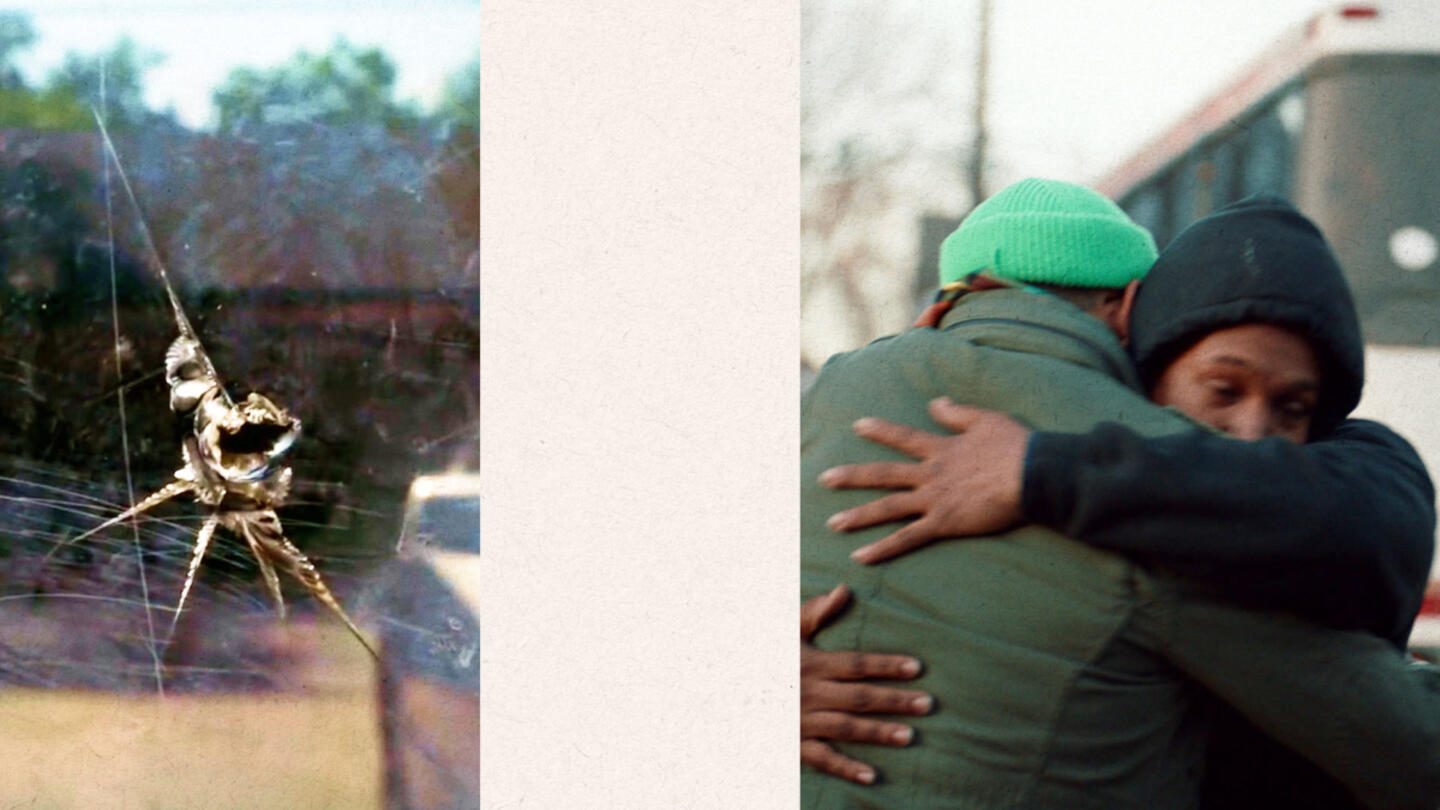
How community leaders can get sustainable solutions that stick
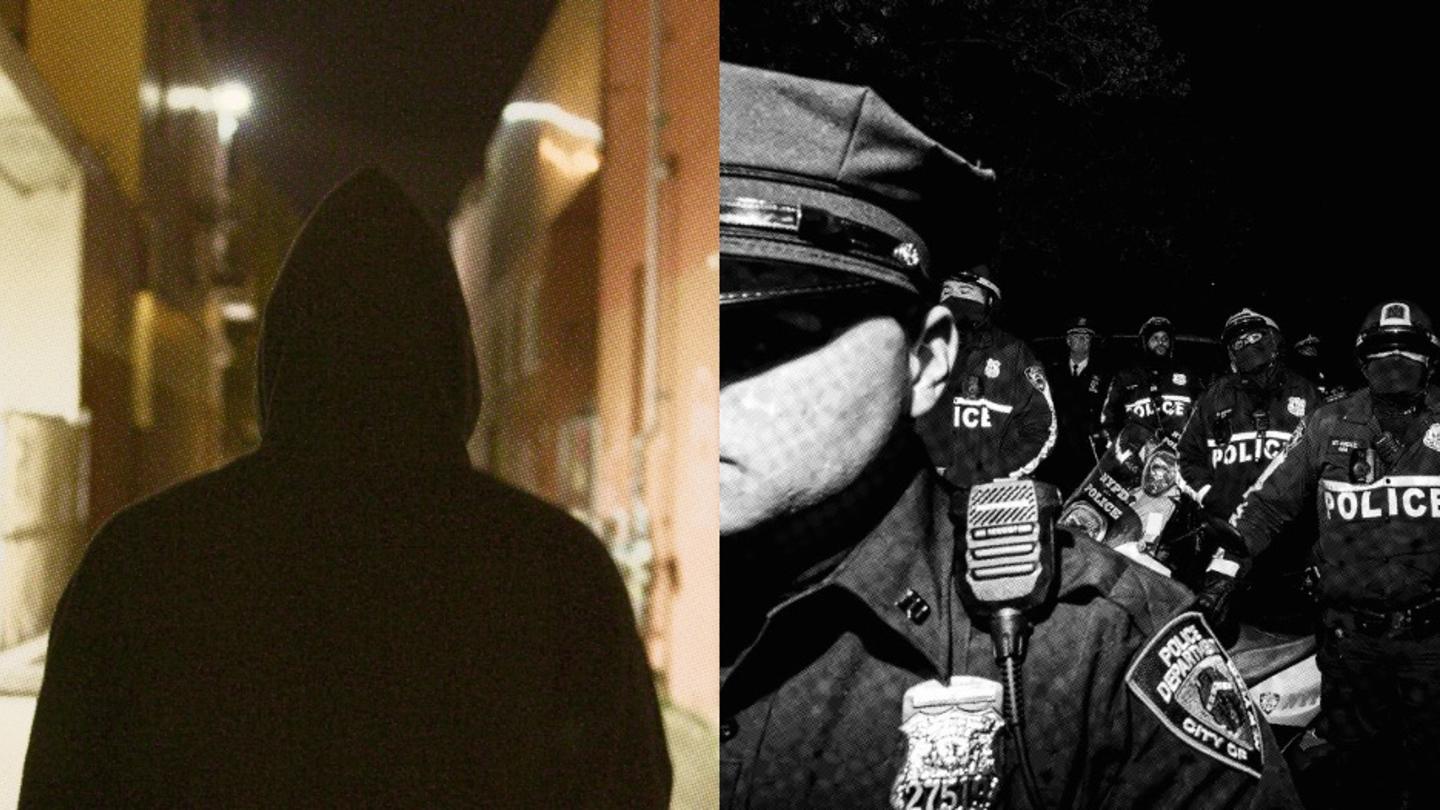
We already have a key to reducing violent crime, according to this former law enforcement officer turned leading policy researcher.
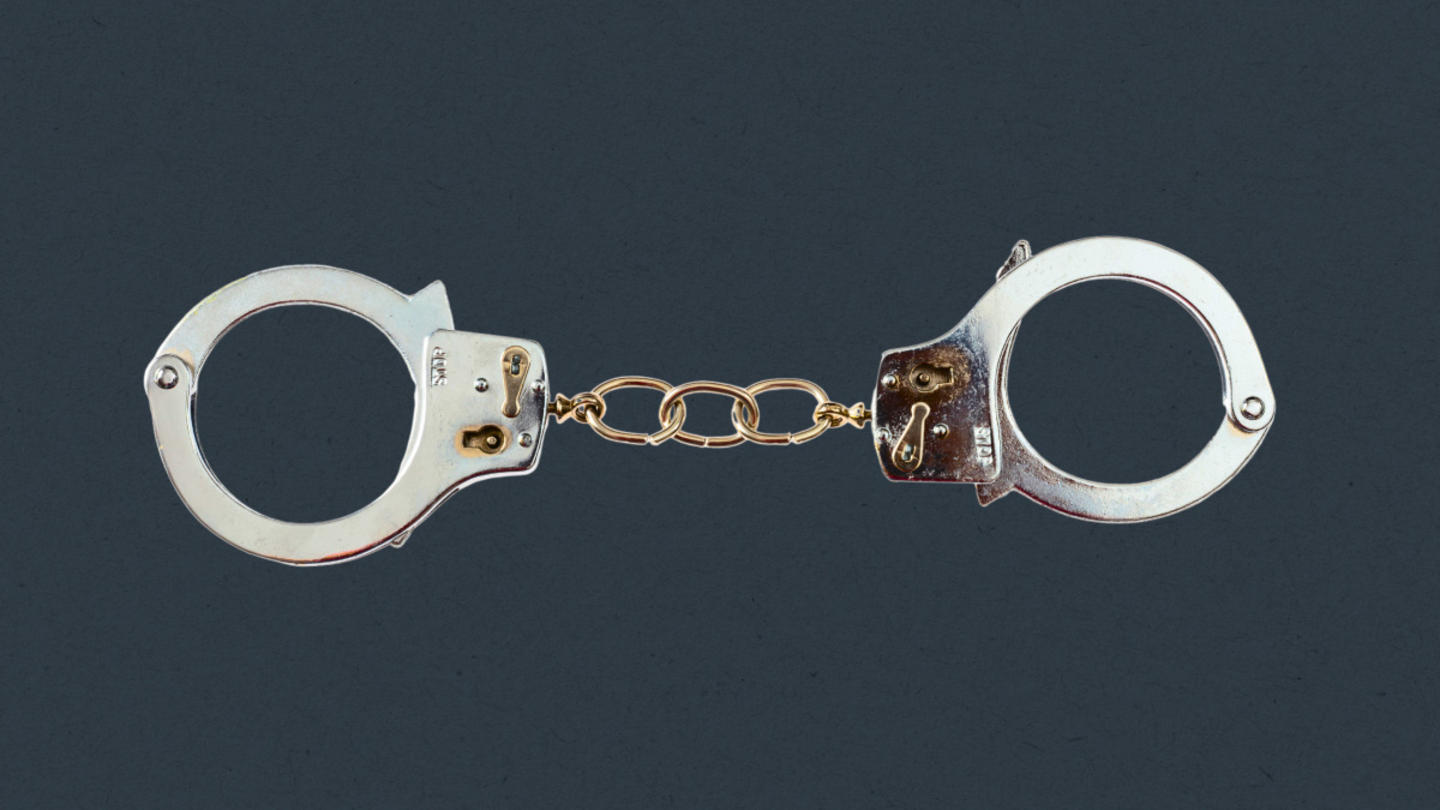
About half of people leaving prison or jail will return. These five nonprofits want to change that.
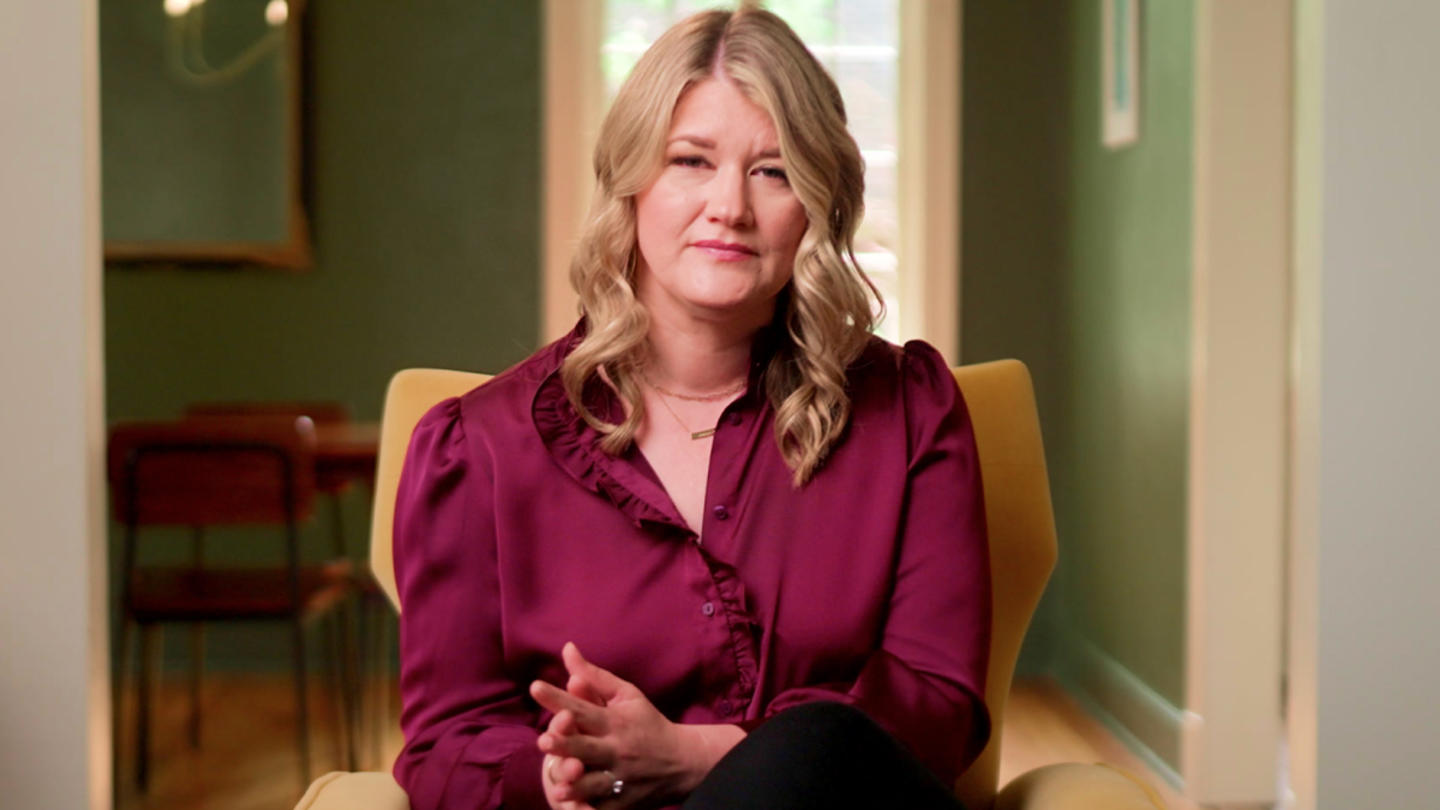
The founder of End it for Good says the war on drugs has failed. Here’s why.
